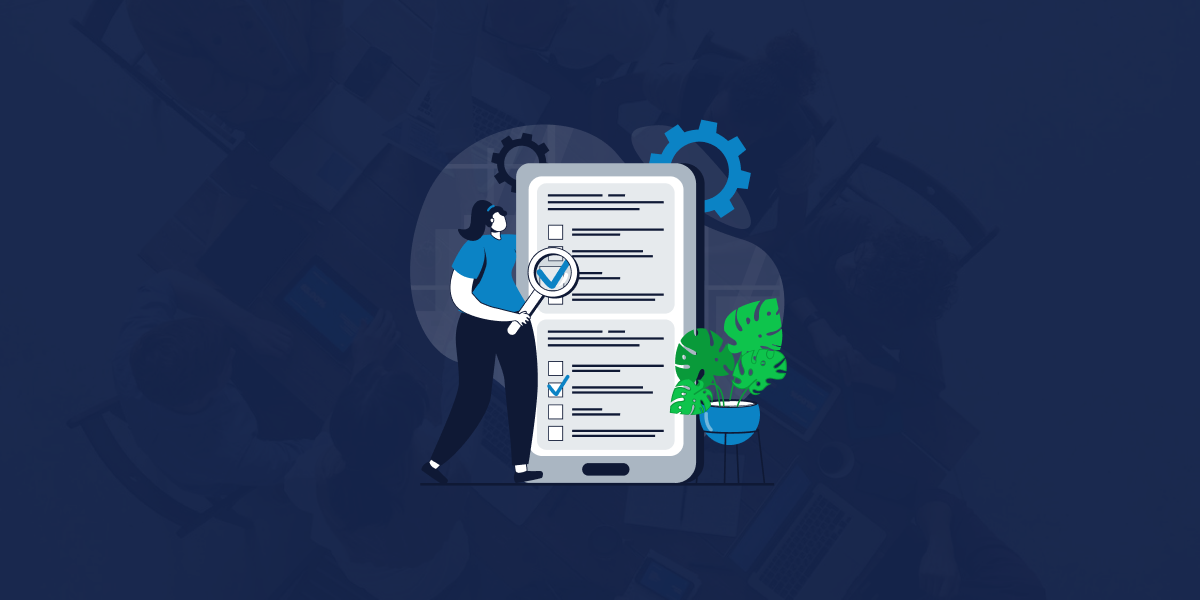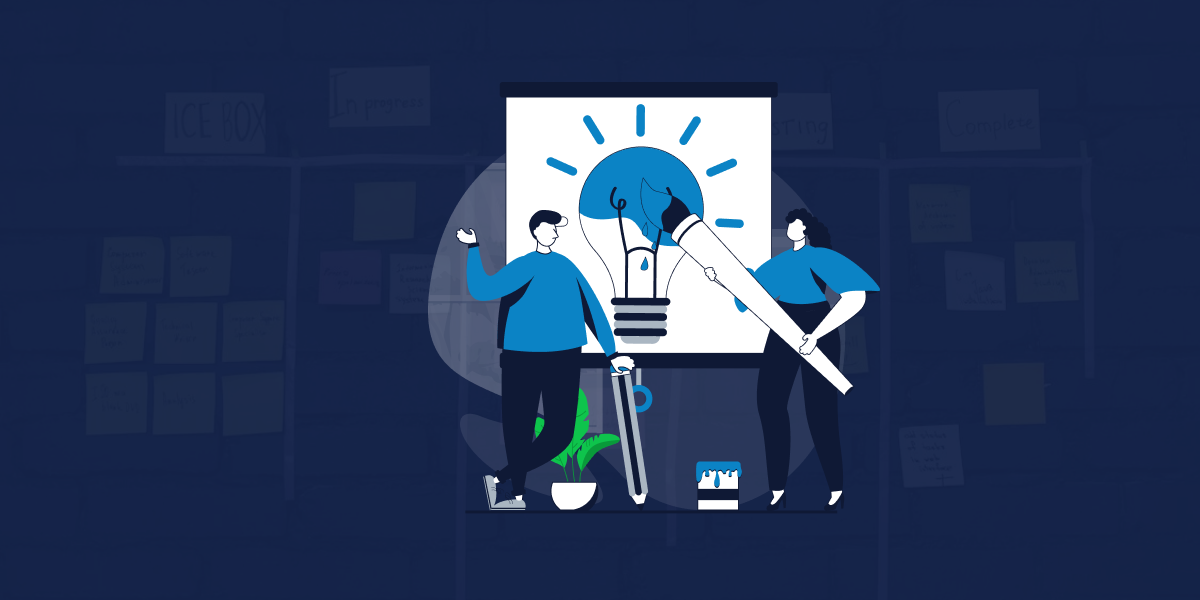The digital marketing landscape is undergoing a pivotal transformation with the phasing out of third-party cookies, significantly impacting lead generation and complex e-commerce sectors.
This shift away from third-party to first-party cookies is not just a technical update; it represents a fundamental change in how customer data is collected and utilized.
First-party cookies, which don’t share data across domains (IE: your website to Facebook), offer less tracking capability compared to their third-party counterparts, traditionally used for extensive cross-site tracking. All through many of the major platforms have switched to first party cookies to solve the challenges, they are not without issue.
This transition poses immediate challenges for businesses accustomed to deep, long-term customer insights. If you didn’t go through this with Facebook ads tracking and the iOS14 app tracking update, there’s likely an awakening that needs to take place. Understanding and adapting to these changes is crucial, especially for companies with lengthy sales cycles or sophisticated online sales cycles or purchase funnels. It's a call to reassess and realign digital marketing strategies, focusing on effective first party data collection and utilization within the new privacy-centric online environment.
Attribution Challenges in the First-Party Cookie Era

Third party cookies are completely out of the picture. This mostly affects ad targeting capabilities of ad platforms.
First party cookies set by advertising platforms are severely limited by Safari to a 1 day expiration date, analytics cookies when set by a different ip than the actual site are limited to 7 days.
Yeah, you read that right. Now get this…
Chrome restricts theirs to 400 days, per cookie status.
That’s a huge difference! 1 and 7 days vs. 400 days. Whiskey Tango Foxtrot.
Users can change their default settings in Chrome for cookie policy expiration. It’s not a big stretch to say if they’re using an ad blocker, that tool is likely to start modifying and expiring first party cookies.
Well you guessed it - Google’s an advertising company and Apple really isn’t (yet). However, Google has Chrome, and Chrome has Google Accounts logged into browsers. So all hope is not actually lost just yet…
For businesses, especially those with longer sales cycles such as in B2B sectors, this means losing the ability to track customer interactions over extended periods with just cookie data. The resultant data is more fragmented, providing a narrower view of the customer journey. This can lead to gaps in understanding how various touchpoints contribute to customer conversions and overall sales cycles.
Adapting to this new reality requires a strategic shift in how businesses approach attribution. Instead of relying on prolonged tracking (Like Google Analytics or Adobe Analytics), the focus should shift to maximizing the value of short-term data. This involves capturing and analyzing customer interactions more efficiently during the limited lifespan of first-party cookies and during each interaction customers have with your site or app
You must now place greater emphasis on direct interactions and engagements on platforms you own. The key is to extract meaningful insights from these interactions within the shortened time frame.
The question will be what’s a meaningful insight, and how can you incentivize a behavior which would transport the data to you?
Google’s solution is enhanced conversions, which use alternative methods like comparing email addresses or phone numbers to link customer interactions across different touchpoints over time. Tracking touchpoints can happen either when a visitor fills in a lead form and by sending data from your CRM to Google Ads. Google can then match lead form submissions with data from your CRM, i.e. a lead changes into a customer, and use that to optimize your campaigns. Additionally they have Chrome, which gives them access to a wealth of information of logged-in users. Both of these methods create what is essentially a “graph” of the user’s identity.
So even when cookies expire or a visitor uses a different device, Google can still match these different behaviors based on data in their identity graph. Whether it’s an email, phone number or your Google username, these values don’t change and will always identify a customer as the same person. For all you people wanting to leave Google Analytics 4 behind because of the terrible reporting, you might want to think twice. They are going to have quite an advantage with Chrome.
The problem is, you’re sending this data to Google, and all the modeling that’s being done happens in a black box. You’ll have no way to understand what user took that action exactly, especially in your CRM. You’ll be stuck to using a Google product, and for some people that’s a big problem right now…
Adapting to these constraints without compromising on the depth of customer understanding will be a pivotal challenge for digital marketers in the era of first-party cookies.
Strategies for Adapting to Change

The transition to first-party cookies necessitates a strategic realignment in digital marketing, especially for lead generation companies with extended sales cycles. Let’s take a look.
Building Ideal Customer Profiles (ICPs)
Having ICPs is now a requirement. Fundamentally it's the prerequisite to understanding what data you need to collect about your audience, and what behaviors they will take which will allow you to collect the data. Remember, tracking the data is important, but you’ll have to collect it before the first party cookie expires.
Examples of What ICP Data To Collect:
- Key Attributes of ICPs: For B2B companies, essential attributes might include industry type, company size, decision-maker roles, and engagement history with specific content types (e.g., whitepapers, webinars).
- Behavioral Signals: Parameters like frequency of website visits, engagement with specific product pages, and responses to email marketing campaigns. These will be where you can get clever with building an identity graph of interactions by email, phone number, account ID, etc.
Purchase Intent Indicators: Level of interaction in high-commitment areas like demo requests or detailed inquiries, which are crucial for longer sales cycles.
- Purchase & Retention Indications: first time buyers, repeat buyers, high growth accounts, likely to churn, etc.
Examples of How You Should Segment ICP Data
- Industry-Specific Segments: Grouping prospects based on industry-specific needs and pain points. For example, different strategies for tech startups versus established manufacturing firms. And potentially niche subcategories within each.
- Decision-Maker Segmentation: Separating content and communication strategies based on user roles – targeting technical experts differently from C-suite executives.
Facilitating Accurate Attribution
- Multi-Touch Attribution: For long sales cycles, tracking every interaction from being an unidentified user, to a purchasing customer is now vital. This includes understanding the impact of various touchpoints like subscriptions, email engagement, content downloads, webinars, in person events, etc. Understanding how each ICP is likely to interact will help prioritize what interactions you need to ensure you’ll keep collecting data for. Not only will each touchpoint need it’s own attribution source, but you also need to have reporting on the back on that can model and weigh out the influences of a user becoming a paying customer.
- Lead Scoring Based on ICPs: Assigning scores to leads based on how closely they align with the ideal customer profile is also recommended. Higher scores for those interacting with content designed for advanced stages of the buying cycle means getting those in the purchase stage in front of your closers, faster. These behaviors will not only need to be tracked, but also collected.
By integrating these ICP-focused strategies, B2B demand generation companies can more effectively navigate the first-party cookie landscape by preparing for what data they will need.. This approach ensures that the collected data is relevant, actionable, and directly contributes to a deeper understanding of customer behavior and preferences in extended sales cycles.
CRM’s Enhanced Role in Digital Marketing
The transition away from third-party cookies has a profound impact on digital marketing, particularly for B2B businesses with extended sales cycles. CRMs like Salesforce and HubSpot become even more critical in this new landscape. Here are specific examples and strategies:
Impact on Lead Generation and Nurturing
Without third-party cookies, tracking user behavior across various websites becomes limited to the expiration date of the first party cookie. This reduces the ability to generate detailed lead profiles based on extensive online activities if the first party cookie is not being reset and updated (by a visit back to online assets you own and have tracking on). If you have emails or workflows that rely on an on-page behavior happening, it would be clever to include touchpoints to notify the user to somehow, some way, get them back to your site with a behavior that allows you to identify who they are. Say maybe an email with a parameter for an anonymous ID that you can tie back to their account in an identity graph in your data warehouse, which reports back to the CRM.
Adapting Sales Strategies
- Longer Sales Cycles: With reduced data, identifying and nurturing leads might take longer, prolonging the sales cycles.
- Solution in Salesforce/HubSpot: Implement lead nurturing workflows that engage prospects at various stages of the sales funnel. Utilize Salesforce’s Journey Builder or HubSpot’s workflows to automate personalized email sequences based on specific interactions or stages in the buyer's journey. Engagement can help reset cookie expirations. Additionally, if ad blockers are issues, these micro-engagements could be crafted in ways which send data server side to an identity graph solution, which reimports the behavioral data back into your CRM.
Regaining Attribution Capabilities
- Attribution Modeling Challenges: The lack of comprehensive tracking data hinders multi-touch attribution modeling. Lead generation companies will need to build this into their CRMs. Specialty ecommerce companies will potentially need solutions like Elevar plus attribution in their CRM.
- Solution in Salesforce/HubSpot: If key touch points are likely to happen outside of cookie expiration windows, or on hard to track behaviors, consider how such experiences could be redesigned to send data about identifying the user, traffic source, and behavior to a system which could then re-import that data into your CRM. Think sending unique IDs with all links in emails that self identify a user when they land on a URL, or starting to require logins to portals which contain the information they're looking for, etc.
Enhancing Data Integration
At the end of the day, lead generation businesses will have to understand the data they want to collect on their contacts and what behaviors they want to use to collect data from the browser which is in an identifiable format to a contact record. Fundamentally, a solution like an identity graph (Similar to what Chrome does for Google products) in a data warehouse can compile, associate, and import such data back into CRMs, giving sales and marketing teams the views they once had (and quite possibly, more!).
How To Solve 3rd Party Cookie Removal For Lead Generation - A Summary

As we navigate the phase-out of third-party cookies, the emphasis inevitably shifts to the strategic use of first-party data. For lead generation companies, especially those with longer sales cycles, this change brings both challenges and opportunities. We recommend you focus on the fundamentals:
- Leveraging First-Party Data in CRMs: the data you collect and store in your CRM becomes your most valuable asset. This data should be as comprehensive and detailed as possible, capturing every meaningful interaction and customer insight. It should power your data warehouse, and be powered by an identity graph.
- Navigating the Challenges: While tools like HubSpot and Salesforce face challenges in tracking due to the reduction in third-party data, their power now lies in how effectively they can use the available first-party data. The emphasis should be on maximizing the utility of every piece of data collected through your own channels.
- Strategic Data Collection and Analysis: The focus should be on strategically collecting data that aligns with your business goals and analyzing this data to extract actionable insights and import them back into your CRM if it doesn’t already have the data.
This involves continuous optimization of data collection methods and analysis techniques. In conclusion, the phasing out of third-party cookies signifies a pivotal moment for digital marketing, particularly for B2B companies. The key to success in this new era lies in harnessing the full potential of first-party data within your CRM system. By doing so, you can maintain a deep understanding of your customers and continue to drive effective marketing strategies, even in a more privacy-conscious digital world.





















